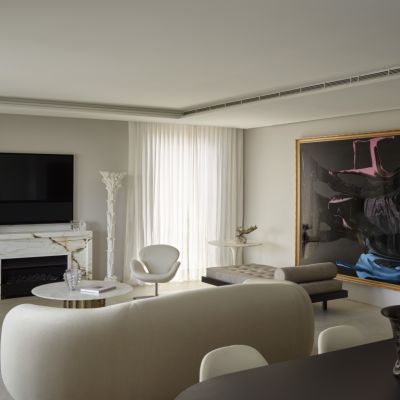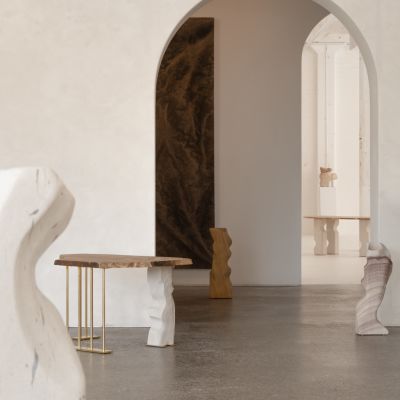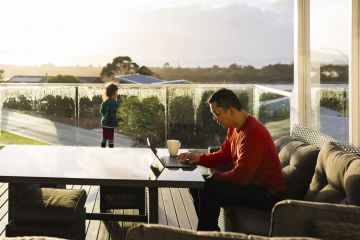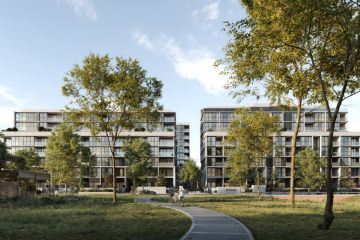What’s on architect Todd Henderson’s design mood board
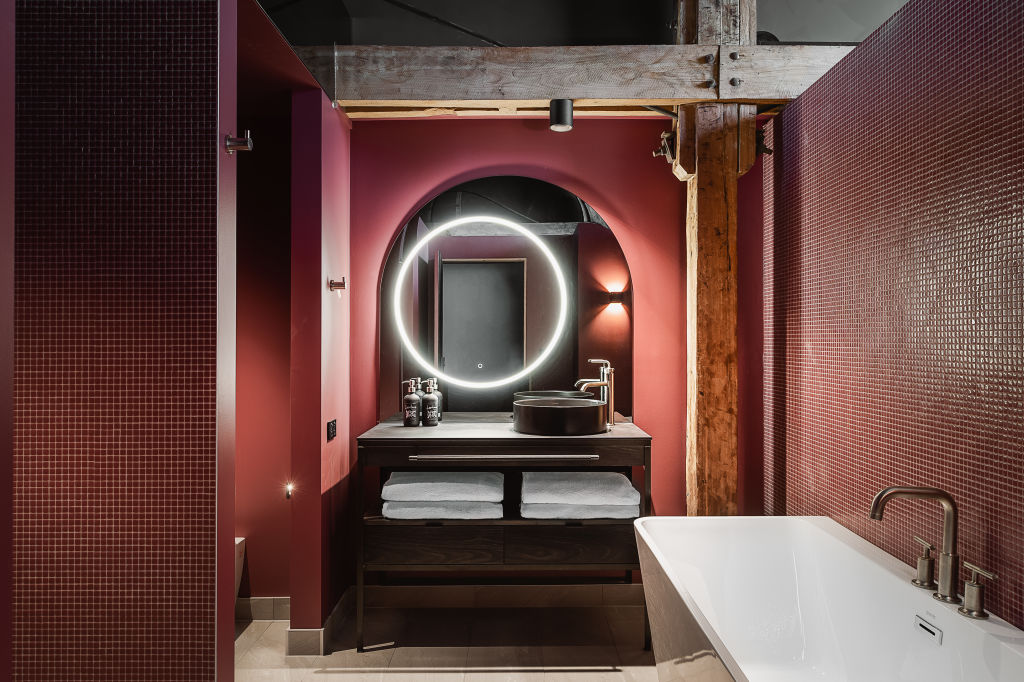
Todd Henderson, director and co-founder of leading Australian architecture firm Cumulus Studio, which has offices in Hobart, Launceston, Melbourne, Adelaide and Sydney, knows a thing or two about what it takes to create award-winning design. His philosophy blends precise geometry and pared-back modernism with honest, natural materials that add warmth and depth to a space. He chats about connecting design to the natural environment, balancing raw materials and adding carpet to the garage.
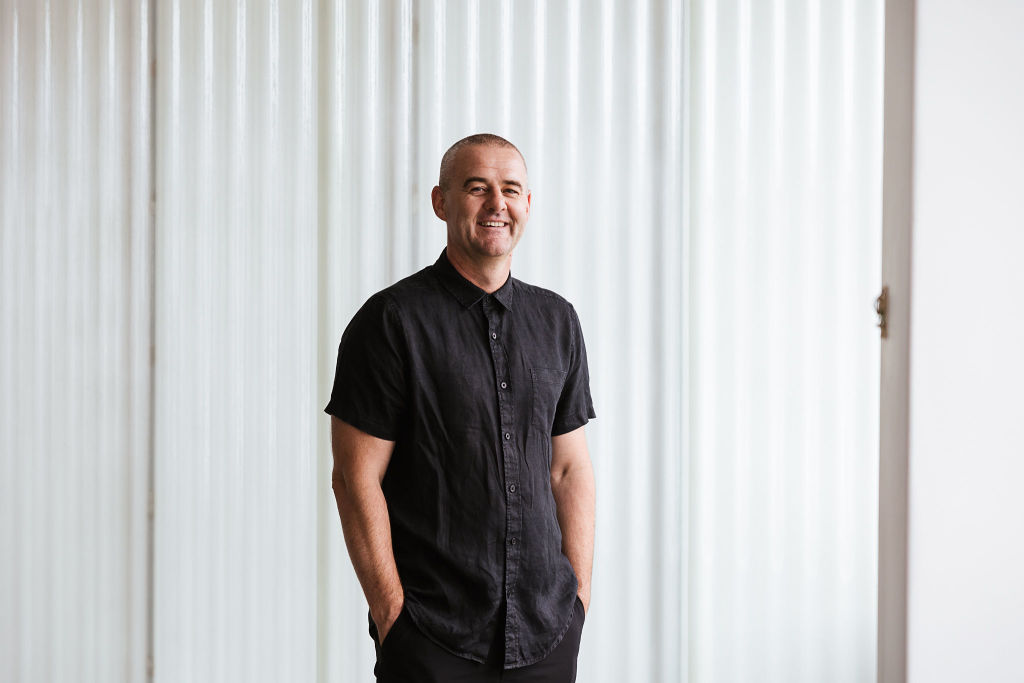
How do you define good design?
Good design should be both beautiful and functional, almost feeling as though it wasn’t designed at all. It should integrate seamlessly into daily life, enhancing experiences without unnecessary complexity. In architecture, this means spaces that intuitively respond to their environment, users and purpose while maintaining an enduring aesthetic.
What’s on your design mood board at the moment?
Natural materials that are honest and locally sourced – timber, brick and raw finishes that celebrate their imperfections. There’s something inherently human about these materials: they age beautifully, tell a story over time, and create a sense of warmth and permanence that modern minimalism sometimes lacks.
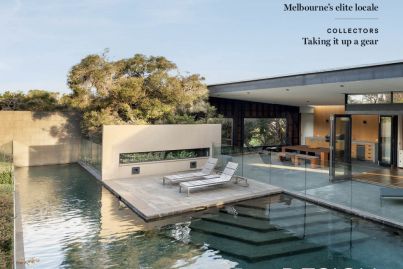

What do you expect to see more of this year in luxury home design?
I hope to see more environmentally responsive design – homes that are not just aesthetically luxurious but also deeply connected to their climate and context. This could mean passive solar design, adaptive facades or materials that improve thermal performance while reducing environmental impact.
Any Australian labels or creatives on your radar?
We regularly collaborate with Simon Ancher Studio, which consistently showcases beautifully crafted furniture celebrating Tasmanian timbers and sustainable practices. Their ability to balance raw materials with refined detailing is inspiring.
Another brand on my radar is Hommey, which takes a considered approach [to homewares]. What sets Hommey apart is its commitment to ethical production, using responsibly sourced materials and prioritising sustainability in its supply chain. Their focus on quality over quantity aligns with the idea that good design should be long-lasting and thoughtfully made rather than disposable.
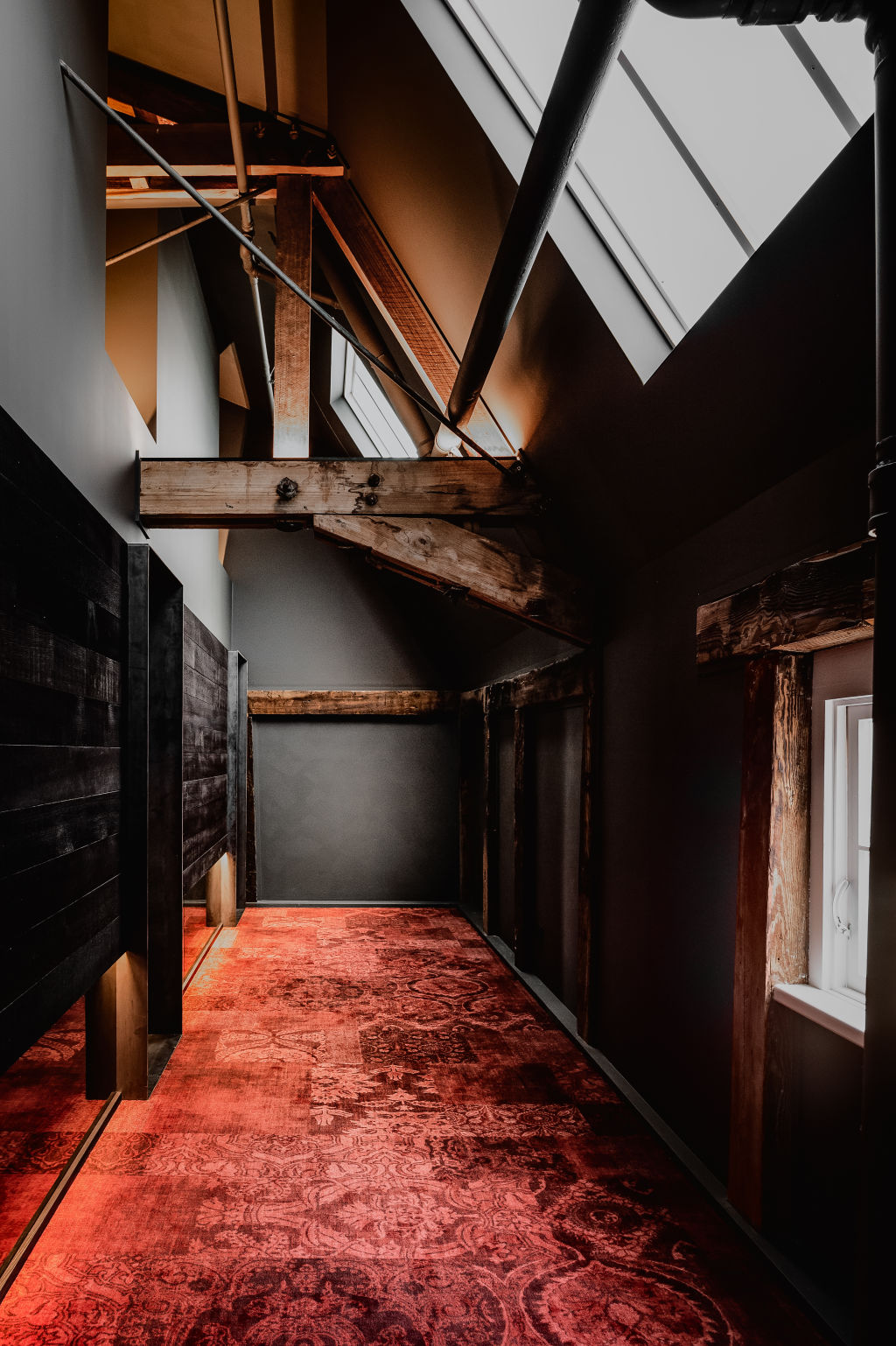
What have been some of your most unusual client requests?
Carpet in the garage was definitely a unique one. It challenged how materials are used in different spaces and forced me to rethink practicality versus comfort. When I questioned the request, the response was, ‘Have you ever stepped out of a car onto carpet? If not, you should try it – it really makes you feel like you’re home.’
What have been some of your most memorable projects that’ve used your skills in an unexpected way?
Stillwater Seven [a boutique stay in Launceston] and Symmons Plains [a restored 1839-built Georgian homestead] were both incredibly complex projects from a technical standpoint. I love working through intricate design problems where the constraints actually lead to the best solutions. In both cases, the interplay of heritage, function and modern intervention required an approach that was both highly creative and deeply technical.
We recommend
We thought you might like
States
Capital Cities
Capital Cities - Rentals
Popular Areas
Allhomes
More
